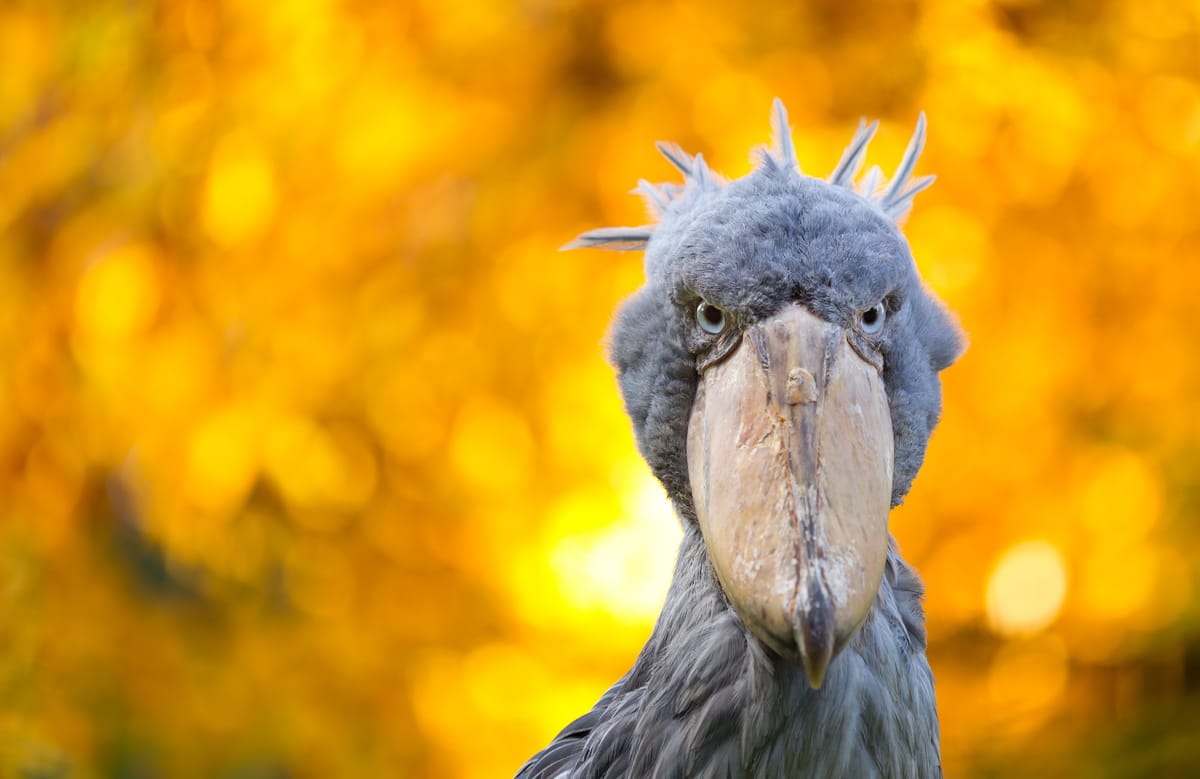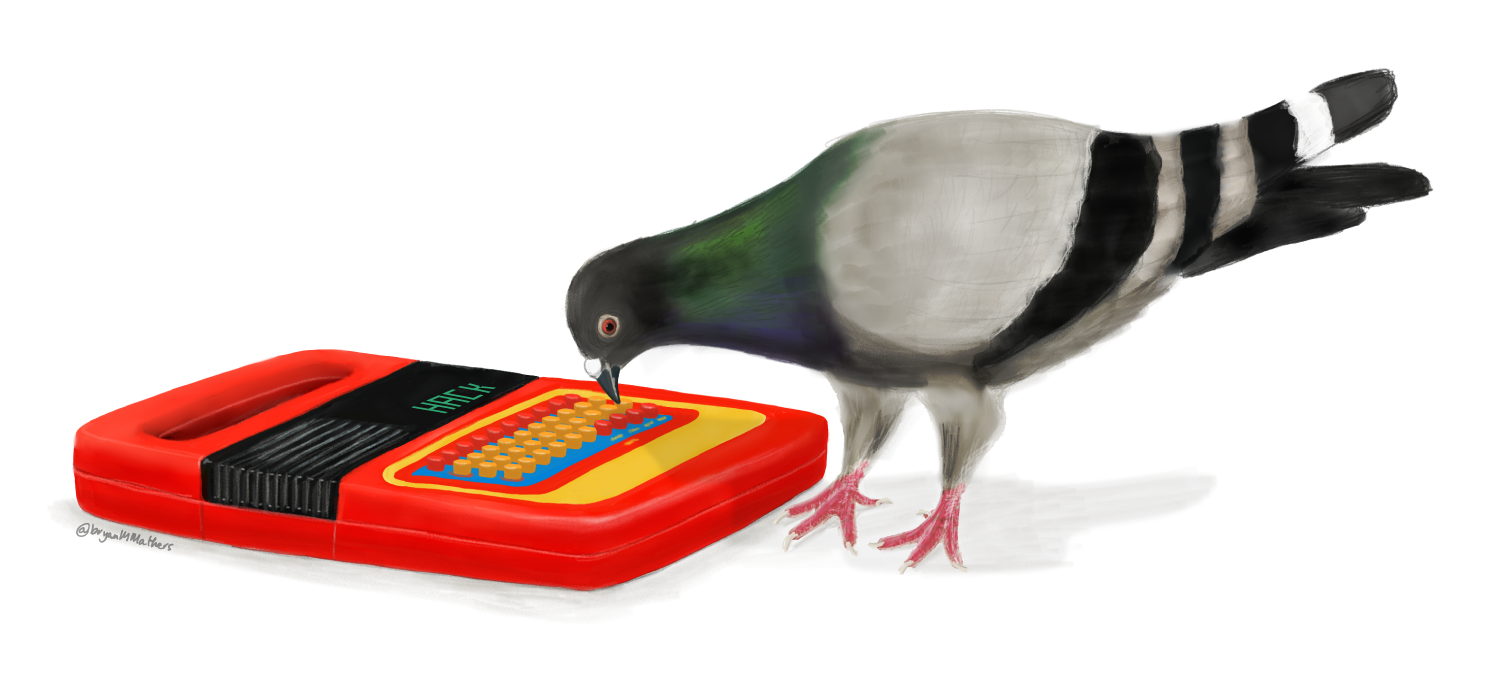Now Is the Time of Monsters

"AI slop is winning," writes The Atlantic's Charlie Warzel.
By volume alone, slop may be the most visible and successful by-product of the generative-AI era to date. It is also a hallmark of what I’ve previously described as a collective delusion around artificial intelligence—where the breathless hype and imagined future of building a godlike superintelligence and curing cancer collides with the dull reality of Trump’s poop jet.
All of this exacts a fuzzy psychological toll. To live through this moment is to feel that some essential component of our shared humanity is being slowly leached out of the world. Spend enough time online, and you will see that not only is this cheaply rendered synthetic content everywhere; it is quietly shaping culture. It’s become a way that marketers advertise, that politicians produce propaganda. It’s changing how people communicate with one another. Our brains are being sous-vided in machine-made engagement bait like poor Pikachu until they’re tender and succulent enough to fall apart on contact.
This "cheaply rendered synthetic content" is everywhere in education too. Indeed, this is what's being sold to schools as the future of teaching and learning: "AI slop." Tools promise to turn professors' syllabi into slop, to turn teachers' comments on student assignments into slop, to turn their lesson plans into slop, to turn everyone's research into slop, to reduce everyone's curiosity and creativity – so utterly foundational for the whole process of knowledge-building and sharing – into slop.
No one asked for this, of course. No one asked to have summaries and slide-shows auto-generated and forms auto-filled or even homework auto-completed, as much as the engineers of "efficiency" insist this has always been our hearts' desire.
No one really wants this – or at least only a very few people do, those heavily invested in the technology or its ideological trappings (power, profit, hierarchy, violence, control). Many of the economic indicators – the finances, the usage, the downloads – read "bubble," read "fad."
So it's more than a little embarrassing to see schools – primary, secondary, higher education alike – embracing "AI," parroting the industry's marketing at the expense of their actual mission statements, which typically do at least gesture towards building students' cognitive capabilities. "AI," to the contrary, serves to undermine these – undermine cognition, autonomy, and agency.
"The old world is dying, and the new one struggles to be born: now is the time of monsters" – Antonio Gramsci
Over in Defector, David Roth weighs in on Graham Platner, the oyster farmer turned Senate candidate: "What Job Is a Guy with a Nazi Tattoo Qualified For?" (And phew, I sure did piss several of you off by writing about "politics" in Wednesday's essay. But I'm going to keep at it, despite your insistence that ed-tech is not political, that "AI" is "just math.") Roth ends his piece also invoking Gramsci:
But in a time of monsters, you can at least respect yourself. In a system that worked, a politician would not be an object of fandom; they could not afford to be this entitled or this reckless. They would just be applicants for a job, and do those jobs in a way that suggested they understood that they would have to defend their work when it came time to reapply for the position. Dragging that relationship back into balance—replacing the demeaning and utterly backwards relationship between the people and the public servants we are told we must abase ourselves to serve, making the Democratic Party or whatever replaces it work for its voters instead of conscripting them into an endless series of humiliations and compromises made less in the service of those goals than of the party itself—will be difficult. There is an unconscionable industry built around making people decide how much less than what they deserve they are willing to accept. Rejecting that as the false choice that it is, and insisting that the people vying to do the public's work take it seriously, seems like a reasonable place to start.
Ed-tech should not be an object of fandom, but that is precisely how far too many people relate to it, bending over backwards to defend an industry that should be serving the public but that is resolutely not. Technology should work for schools; schools – students, teachers, administrators, parent – should not have to conform their practices (lessons, assignments, assessments, discussions, content) to work for technology. But that is precisely the position we've put ourselves in by cultivating ed-tech as a fandom.
As Roth rightly points out in his essay, we are presented with a series of false choices – with ed-tech as with the Democratic Party. We have been trained for so long to accept the humiliation – what with the austerity, the denigration of intellectual labor, the false charges of indoctrination. We have been told for so long that education already costs too much – so all schools really deserve is the clunkiest of surveillance-software.
In reality, schools don't need all this ed-tech and probably none of this "AI." But damn, this extractive and exploitative machinery certainly needs us.
No doubt, everyone had a good chuckle this week when the AWS outage "bricked" a bunch of Internet-connected "smart" beds. Less funny, of course, is the impact the outage had on education, as Amazon is one of the most powerful platforms in education, shaping what teaching and learning looks like, how (and in case of an outage, if) teaching and learning happens.
That's not innovative. That's monstrous.
And it might feel like the monsters and the slop are winning. But that doesn't have to be the case.
Today's bird is the shoebill, once classified as a stork but actually part of the order Pelecaniformes, and thus related to pelicans. Like the pelican, the shoebill has a massive bill, but while the former always strikes me as somewhat goofy (from a distance, at least), a shoebill is just a straight-up terrifying-looking bird – hence the nod here to "monsters." The shoebill can be quite tall too, some of the species reaching 60 inches in height. Like the heron – also a relative – the shoebill stalks its prey slowly, often standing still for long periods of time. Apparently the bird is quite docile and non-threatening, and okay sure if you say so...
Second Breakfast is going on a little break until the end of the year. I will still send out some emails, I'm sure – transcripts of my upcoming talks, updates on my marathon results, and so on. But I've promised myself I'll actually buckle down and write a book proposal by the end of the year, and so the number of emails you'll receive from me in the coming weeks will be far less than usual. Thanks, as always, for subscribing.





